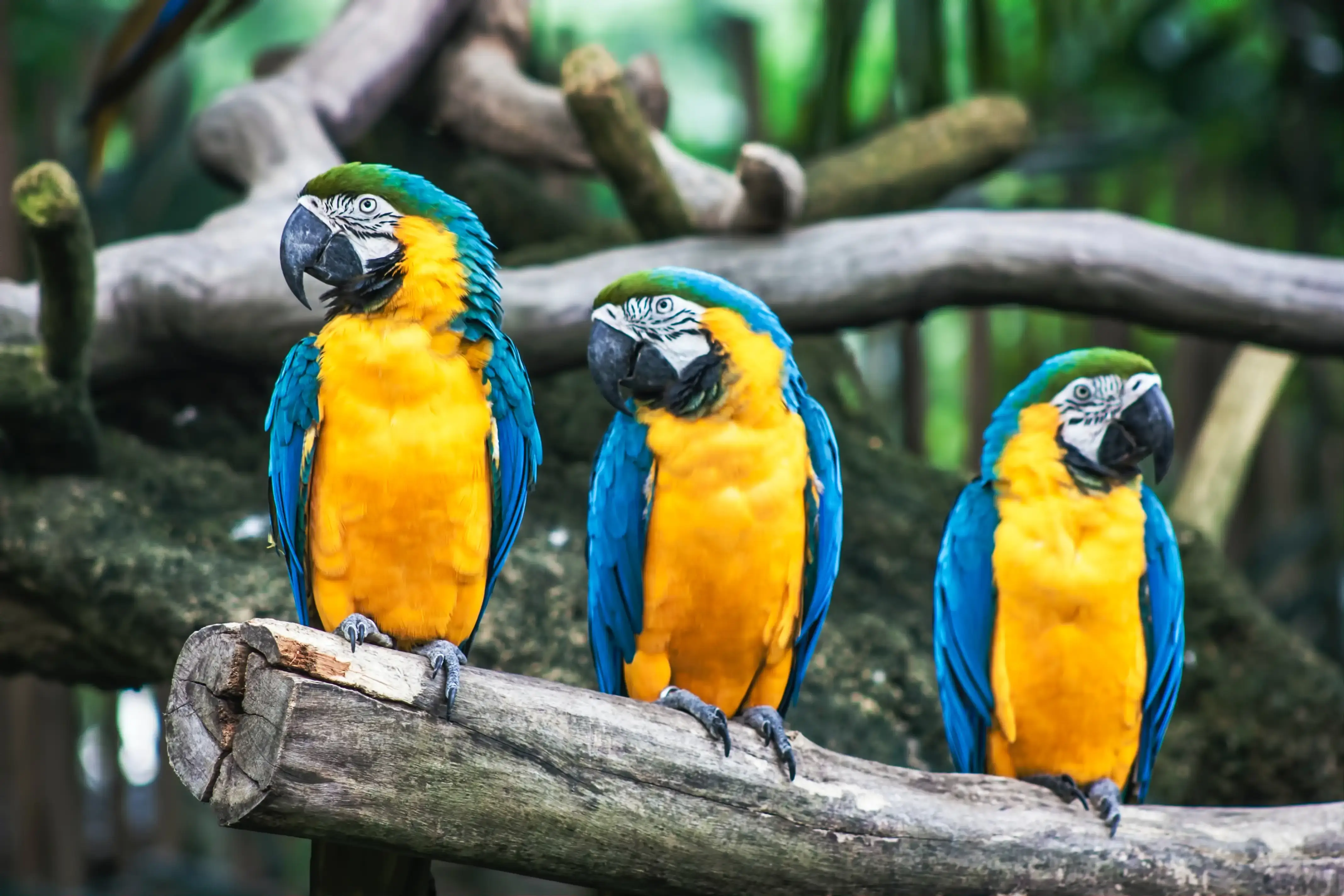6 min to read
10 Funny-Looking Animals that You Should Know About

Have you ever wondered what are some of the most funny looking animals on Earth? There are millions of different species of animals, and some of them have very unusual appearances that can make us laugh or marvel at nature’s creativity. In this blog post, we will introduce you to 10 of these weird and wonderful creatures, and tell you some interesting facts about them.
 Here are 10 funny looking animals that will make you laugh
Here are 10 funny looking animals that will make you laugh
 Table of Contents
Table of Contents
- Here are 10 funny looking animals that will make you laugh
- Table of Contents
- 1. Red-lipped Batfish
- 2. Quokka
- 3. Irrawaddy Dolphin
- 4. The Blue Parrotfish
- 5. Atretochoana
- 6. Shoebill
- 7. Blob Fish
- 8. Aye-aye
- 9. Star-nosed Mole
- 10. Tarsier
 1. Red-lipped Batfish
1. Red-lipped Batfish
The red-lipped batfish is a type of fish that lives in the waters around the Galapagos Islands and Peru. It has a flattened body, a long nose-like appendage, and bright red lips that look like lipstick.
It is not a good swimmer, so it uses its pectoral fins to walk on the ocean floor. It feeds on small fish, crustaceans, and worms, and uses its nose to lure prey. The red-lipped batfish is related to another funny looking fish, the rosy-lipped batfish, which lives in Costa Rica.
 2. Quokka
2. Quokka
The quokka is a small marsupial that lives on some islands off the coast of Western Australia. It is about the size of a domestic cat, and has a round face, a short tail, and brown fur.
It is often called “the happiest animal in the world” because it looks like it is smiling all the time. It is very friendly and curious, and will approach humans without fear.
It feeds on grasses, leaves, and fruits, and can survive without water for long periods. The quokka is considered vulnerable to extinction due to habitat loss and predation by introduced animals.
 3. Irrawaddy Dolphin
3. Irrawaddy Dolphin
The Irrawaddy dolphin is a species of dolphin that lives in coastal waters and rivers in Southeast Asia and Australia. It has a round head, a blunt snout, and no dorsal fin.
It has a gray or blue-gray color, with a lighter belly. It can grow up to 2.75 meters long and weigh up to 200 kilograms. It feeds on fish, crustaceans, and cephalopods, and uses echolocation to find its prey. It is very social and forms groups of up to 15 individuals.
The Irrawaddy dolphin is endangered due to fishing nets, pollution, and habitat degradation.
 4. The Blue Parrotfish
4. The Blue Parrotfish
The blue parrotfish is a species of parrotfish that lives in the coral reefs of the Atlantic Ocean and the Caribbean Sea. It has a bright blue color, with yellow spots on its head and fins.
It has a beak-like mouth that it uses to scrape algae from the rocks and coral. It can grow up to 1.2 meters long and weigh up to 20 kilograms. It is one of the few parrotfish species that stays in the same color throughout its life.
The blue parrotfish is important for maintaining the health of the coral reefs by preventing algae overgrowth.
 5. Atretochoana
5. Atretochoana
The atretochoana is a type of caecilian, which is a group of limbless amphibians that look like worms or snakes. It lives in Brazil near the mouth of the Amazon River and in the Madeira River.
It has a cylindrical body, no eyes, and no lungs. It breathes through its skin and mouth lining. It can grow up to 75 centimeters long and weigh up to 100 grams.
It feeds on small fish and worms, and uses its sense of smell to find its food. The atretochoana is also known as the “penis snake” because of its resemblance to the male organ.
 6. Shoebill
6. Shoebill
The shoebill is a large bird that lives in the swamps of eastern Africa. It has a massive bill that looks like a shoe, hence its name. It has a gray plumage, yellow eyes, and long legs.
It can grow up to 1.5 meters tall and weigh up to 7 kilograms. It feeds on fish, frogs, snakes, and small mammals, and uses its bill to catch and crush its prey. It is very silent and motionless, and can wait for hours for the right moment to strike.
The shoebill is vulnerable to extinction due to habitat loss and hunting.
 7. Blob Fish
7. Blob Fish
The blob fish is a type of fish that lives in the deep waters of the Pacific Ocean, off the coast of Australia and New Zealand.
It has a gelatinous body, a large head, a small mouth, and no scales. It can grow up to 30 centimeters long and weigh up to 9 kilograms. It feeds on crustaceans, mollusks, and sea urchins, and swallows them whole. It has very low muscle mass and density, and relies on the water pressure to keep its shape.
When brought to the surface, it becomes a shapeless blob due to the lack of pressure.
 8. Aye-aye
8. Aye-aye
The aye-aye is a type of lemur that lives in the rainforests of Madagascar.
It has a black or dark brown fur, a long bushy tail, large ears, and yellow eyes. It has a very long middle finger that it uses to tap on trees and extract insects from holes. It can grow up to 40 centimeters long and weigh up to 2.5 kilograms.
It feeds on insects, seeds, fruits, and nectar, and is active at night. The aye-aye is considered a bad omen by some locals, who believe that it can curse or kill people by pointing its finger at them.
 9. Star-nosed Mole
9. Star-nosed Mole
The star-nosed mole is a type of mole that lives in the wetlands of eastern North America. It has a dark brown fur, a short tail, and a distinctive star-shaped nose. It has 22 fleshy tentacles on its nose that are covered with sensory receptors.
It can grow up to 20 centimeters long and weigh up to 75 grams. It feeds on worms, insects, crustaceans, and small fish, and uses its nose to touch and smell its food.
It is one of the fastest eaters in the world, taking only 0.2 seconds to identify and consume its prey.
 10. Tarsier
10. Tarsier
The tarsier is a small primate that lives in the forests of Southeast Asia.
It has a brown or gray fur, a long tail, and huge eyes that are bigger than its brain. It can grow up to 15 centimeters long and weigh up to 150 grams. It feeds on insects, spiders, lizards, and birds, and uses its eyesight and hearing to locate its prey.
It is able to leap from tree to tree with ease, using its long fingers and toes to cling to branches. The tarsier is nocturnal and solitary, and communicates with high-pitched sounds.



Comments